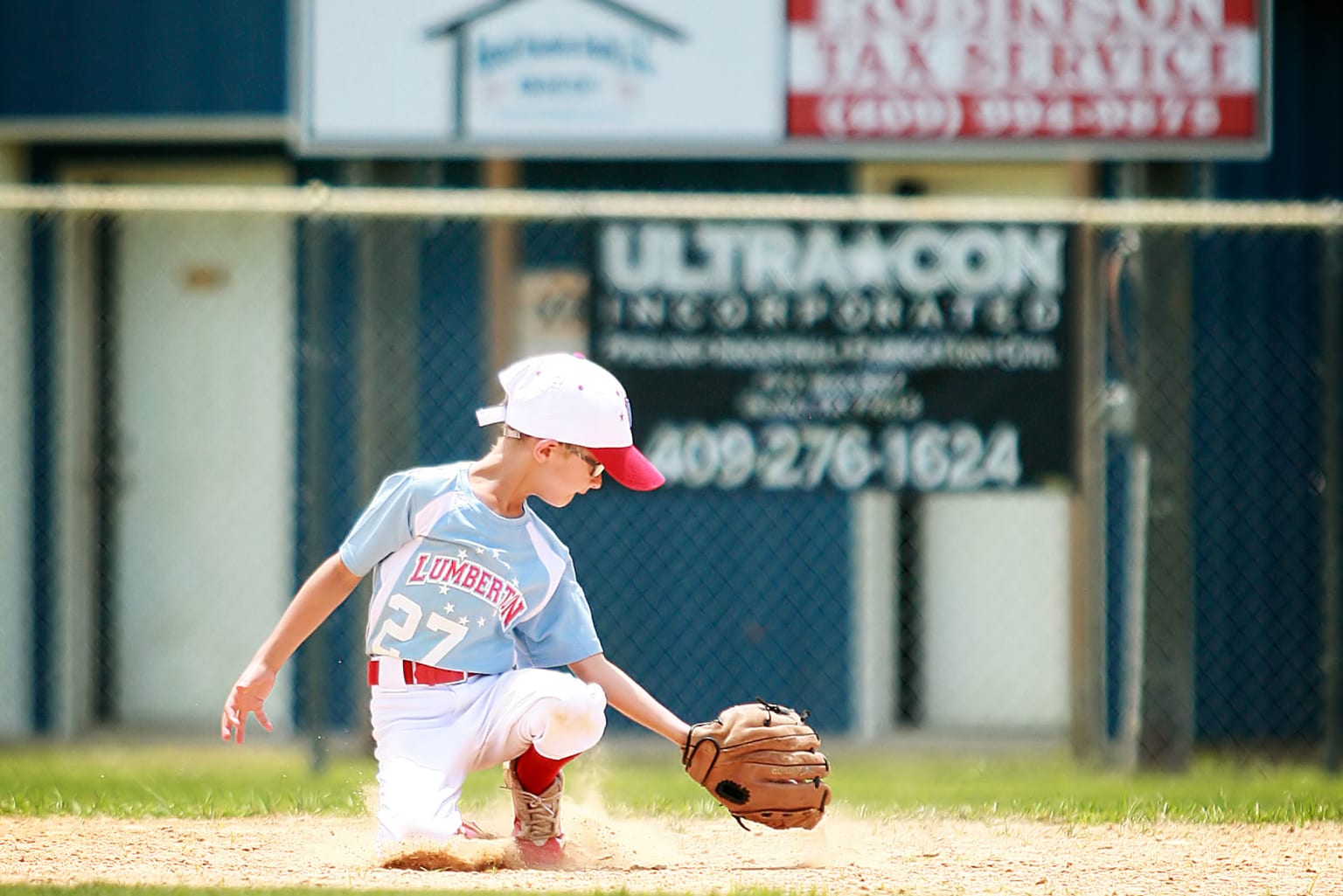
It is the responsibility of each local Little League® to develop an annual plan for fundraising. Such fundraising efforts should consider the necessary operating budget of the local league, income sources, and ongoing support from community and city groups and businesses.
There are a variety of sources for raising funds. Community or city donations of fields or maintenance, sponsorships and donations from local businesses and individuals, concession stand sales, fundraising campaigns and events, and registration fees all contribute to the league’s operating budget. Leagues are cautioned to place an effort on keeping registration fees to participating families as economical as possible. It is the policy of Little League Baseball and Softball that no player should be turned away from participation if they are unable to pay.
Local leagues are encouraged to establish their annual operating budget early in the fall planning timeline and then develop a fundraising support plan to implement prior to the season.
Step 1: Establish Fundraising Goal
Determine your fundraising goal based on the league’s annual operating budget. The goal should serve as one of the primary drivers of your fundraising plan and the required efforts to attain that goal.
Step 2: Establish a Fundraising Committee and Draft an Annual Fundraising Plan
Typically, led by the Sponsorship and Fundraising Coordinator within the local league, a committee should be recruited to assist with outreach and procurement of donations and sponsorships. The committee should establish its Fundraising Plan that includes outreach to local businesses, civic groups, and individuals, as well as establishes the fundraisers for the league for the season that require team and parent participation.
Step 3: Establish Outreach Tools
- Create a list of local businesses and its appropriate contact that fall within your league’s boundaries and keep this list on file each year
- Craft a donation letter, along with information about your league and its participation, and how the donations will help with your league operations that includes pictures and logos to create excitement and donation ideas relevant to the business you are targeting
- List the type of league fundraisers to implement with parents/player support
- Position the league as a good marketing opportunity for local businesses to reach customers
- Encourage not only a donation, but also support to help promote league activities and volunteerism, if applicable
Step 4: Conduct Outreach for Sponsorships/Donations and Secure Funding
- Mail or email information to identified organizations on your outreach list
- Divide outreach among the committee members and document efforts
- Track sponsorship donations and support in a simple spreadsheet to simplify the fundraising process each year
- Evaluate the success with each sponsor at the end of the season
- Visit local businesses in person, when possible to drop off information and discuss the opportunity with the manager or owner
- Encourage a response by a specific deadline
NOTE: Sponsorship or donation by any business of a local league or team does not give that sponsor any rights in the operations of the league or any use of the Little League marks (see Regulation XIII).
Charitable / Non-Profit Solicitation Laws / Requirements
Leagues and Districts should keep in mind that many states maintain specific requirements for charitable solicitations among non-profits. Additional steps may be required of leagues or districts before you are permitted to solicit funds in the name of the league in your local community. Such guidelines also may pertain to games of chance, raffles, crowdfunding and other contest that are used as fundraisers. Be sure to check your individual state laws or other requirements regarding fundraising and be sure that you adhering to these guidelines with all activities. A helpful resource can be found at the National Council of Nonprofits.
Source credit: National Council of Nonprofits; www.councilofnonprofits.org